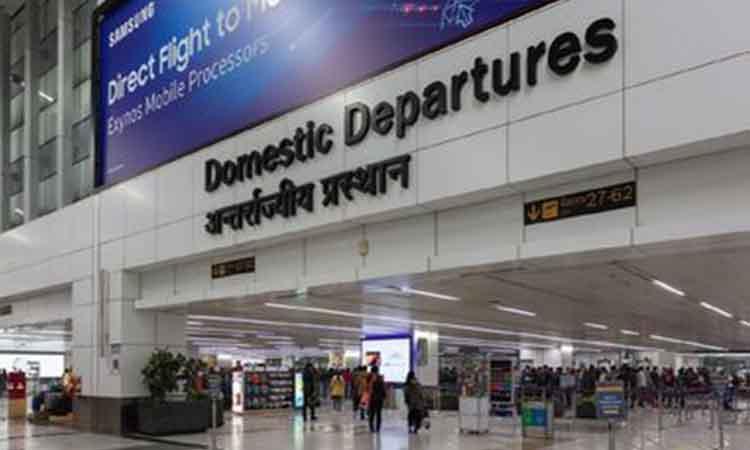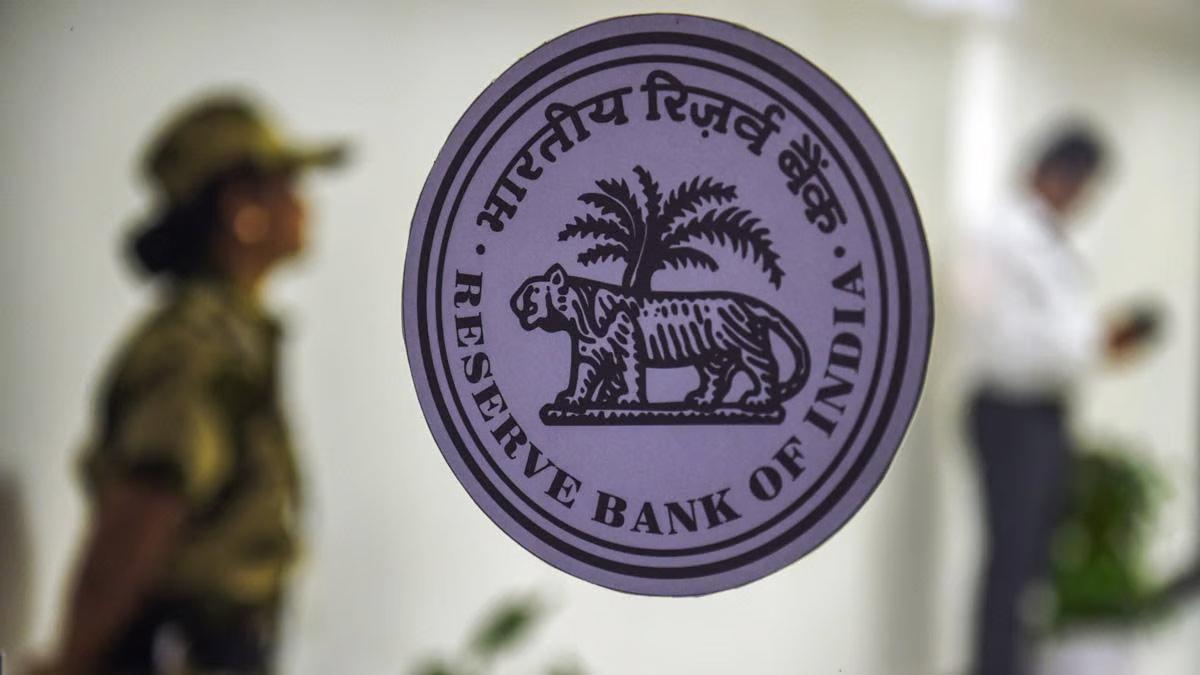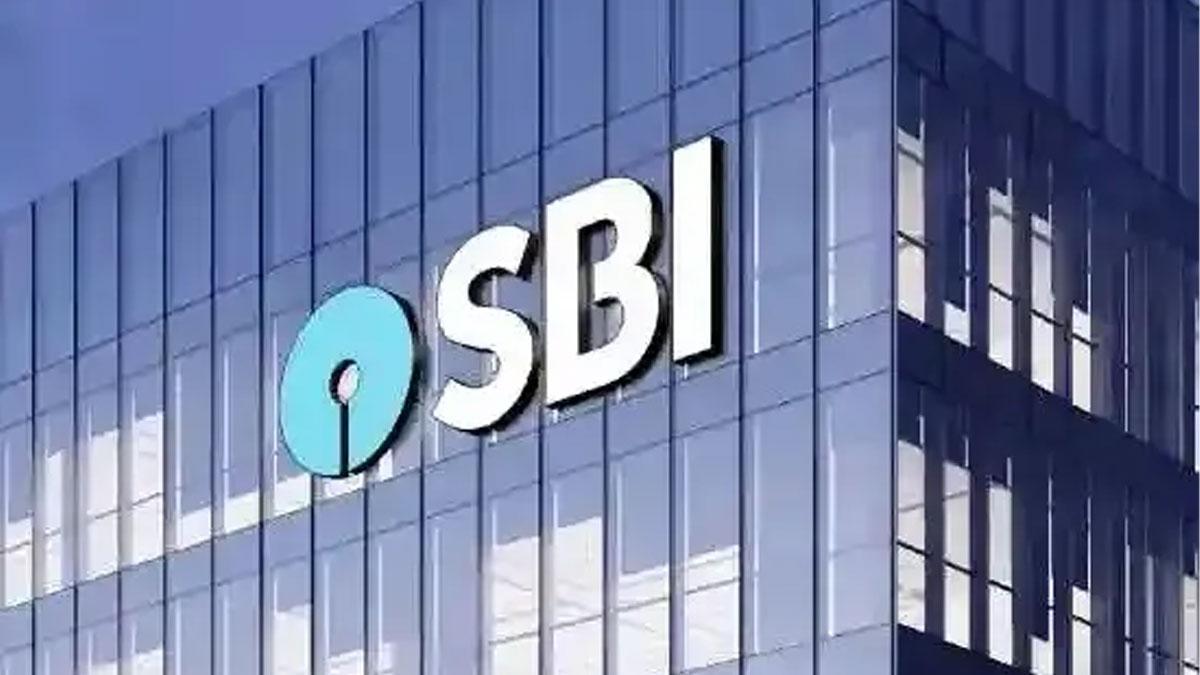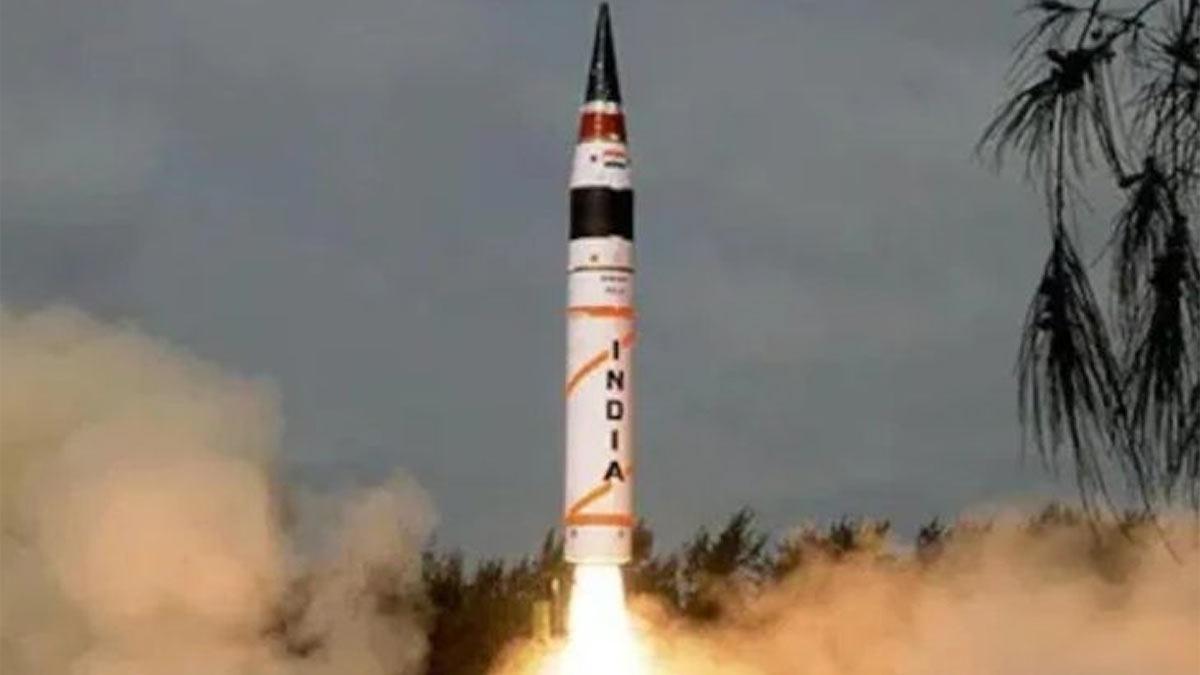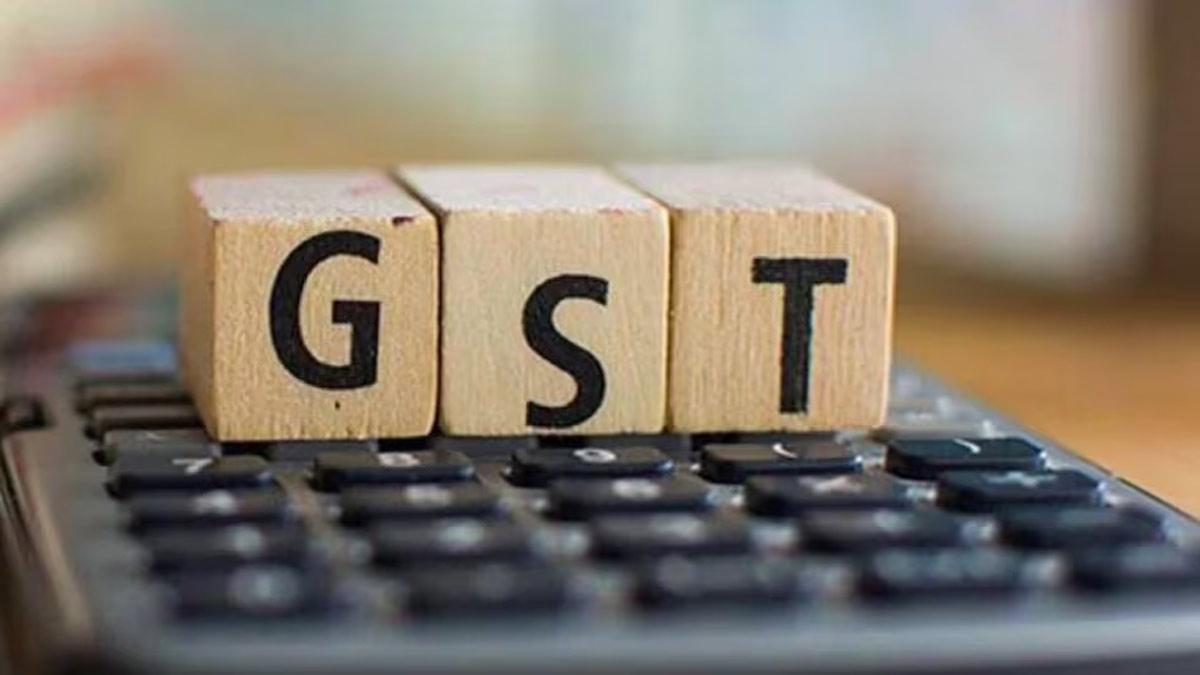Confident of air traffic growth in the long term, private airport operators will spend around Rs 42,000 crore on capacity expansion over the five years, to fiscal 2026. That is more than double the capital expenditure (capex) they incurred in the previous five fiscals.
The confidence on capex stems from the strong long-term fundamentals and regulated tariff structure, which allows pass through of capex costs and thereby keeping the risks low.
Before the onset of Covid-19 in India, towards the end of fiscal 2020, private airports were bursting at their seams, operating at over 115 per cent of their design capacity (i.e operating at 175 million passengers on a design capacity of 150 million passengers). The high operating rate was due to strong annual growth of over 8 per cent in air traffic between fiscals 2016 and 2020. The operating rates took a massive hit in fiscal 2021 as the pandemic and the subsequent economic slowdown led to traffic nose-diving by 65 per cent.
Also Read | Kotak Mahindra Bank to sell 8.5% stake in Airtel Payments Bank to Bharti Enterprises
Though the current fiscal also started with a more virulent second wave, prospects of economic recovery look brighter with the infection rate easing, vaccinations gathering pace, and the government continuing its thrust on infrastructure development. The economic growth outlook remains strong and GDP is expected to grow at 7.4 per cent CAGR over next four years of fiscal 2022 to fiscal 2025, in real terms.
CRISIL Ratings Director Ankit Hakhu said: "Economic growth will boost air traffic volumes given the impact on increase in per capita consumption and shift in preference towards an efficient mode of commute. Given that air traffic in India tends to grow faster than the GDP growth and the government's push to connect lower tier cities with metros under its Regional Connectivity Scheme (RCS), we expect a robust 8.5 per cent annual air traffic growth at Indian airports till fiscal 2026 (compared to fiscal 2020 levels)."
This would mean an additional 190 million passengers will fly pan India by fiscal 2026 over the pre-pandemic base of fiscal 2020 of 340 million passengers taking the overall traffic to 530 million passengers by fiscal 2026. Of this, 70 per cent or 375 million passengers is expected to be handled by private airports in fiscal 2026, up from 50 per cent in fiscal 2020, driven largely by overall traffic growth and new airports getting privatised during this period.
This expected demand growth is driving private airport operators to enhance the design capacity to 340 million passengers per annum from the pre-pandemic level of 150 million. Despite this significant capacity expansion, strong increase in demand could keep utilisation rates of these airports around 100 per cent by fiscal 2026.
CRISIL Ratings Associate Director Varun Marwaha said: "While the high utilisation rate justifies the large capex, credit profiles of these airports will also be supported by their regulatory business model. Tariffs for these airports are based on a fixed regulated return (weighted average of 16 per cent on the equity investment and the market cost of debt) on capex in the next five years, which provides certainty regarding cash-flow return on the capex."
Airports also earn from non-aero activities, including passenger spending within the airport ecosystem such as on food and beverages, lounge, and retail. By fiscal 2024, increase in passenger traffic and economic revival should help this revenue stream rebound by 50 per cent (in absolute terms over fiscal 2020) and contribute over 40 per cent to the overall revenue of private airports.
Also Read | PayU to acquire homegrown BillDesk for $4.7 bn
With airports keeping costs in control and within regulatory ranges, cash flows should improve, cushioning debt protection metrics (average debt service coverage ratios expected at 1.25-1.5 times).
That said, the estimates will remain sensitive a severe third wave as it may slow down traffic and revenue recovery, the ratings agency said.

